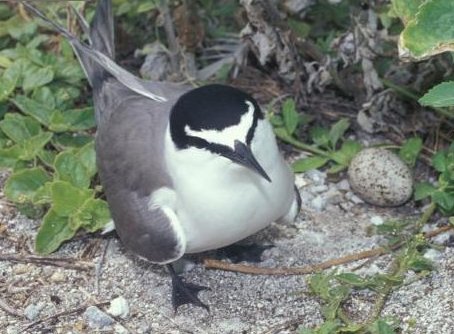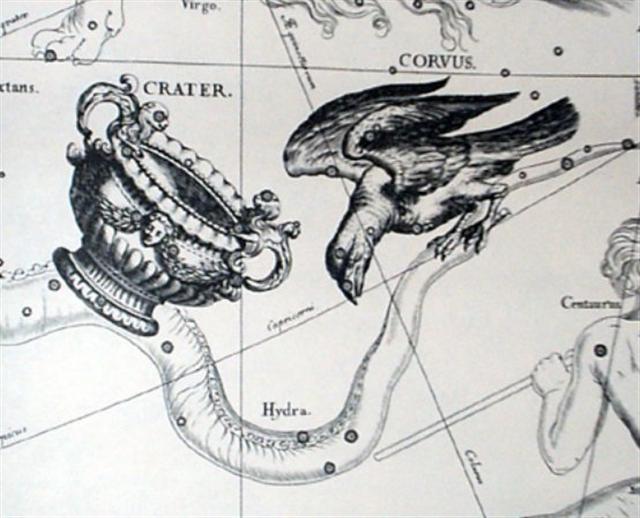Reculer pour mieux sauter, as the French are wisely saying ('go back to make a better jump') - an expression equivalent to but more vivid than 'back to the drawing board'. February 29 could have created trouble for those on Easter Island who tried to translate the phenomenon to their own calendar system.
Perhaps they allowed February 29 to be there every year. And maybe this caused the March equinox to be in March 22 instead of in March 21. (March 21 was anyhow not correct because the equinox was more often in March 20.)
Heliacal Alchita (α Corvi) was in September 20 (12h) and in March 22 Alchita was close to the Full Moon. Alchita rather than Sirrah (α Andromedae) would have been a reasonable star pointer (manu tara) for equinox.
Andromeda was far in the north but Raven was a conspicious constellation in the southern sky:
Alchita (α) was the first prominent star to rise in the constellation and it was not as bright as the other 4 forming a quadrangle. A tiny star would be perfect to indicate 'beginning'. The great downwards bend in the Hydra must have illustrated equinox:
| |||||||||||||||||||||||||||||||||||||||||||||||||||||||||||||||



